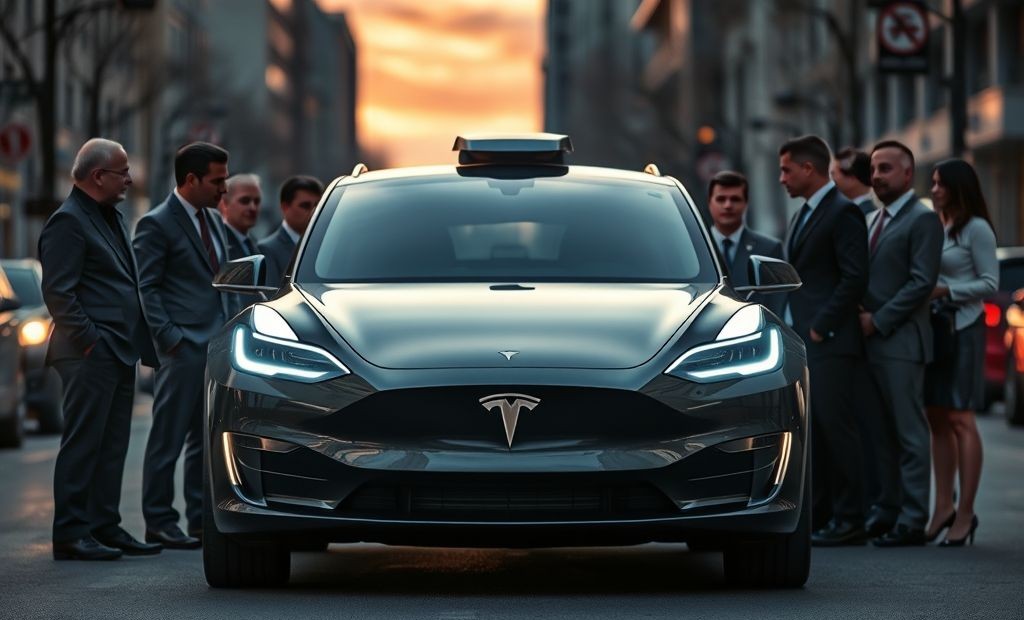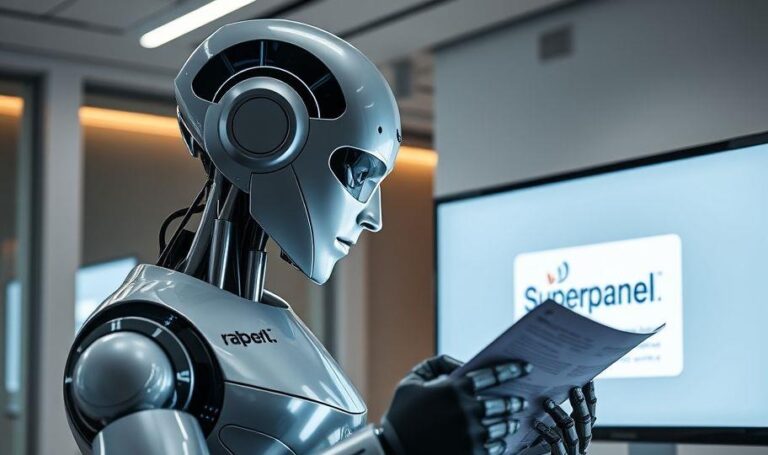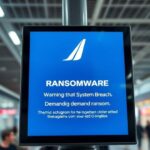Tesla Robotaxis Under Scrutiny by Safety Regulators

Tesla’s Robotaxis Under Federal Safety Review Tesla’s robotaxis have already garnered attention from federal safety regulators. The National Highway Traffic Safety Administration (NHTSA) is closely...
⏱️ Estimated reading time: 2 min
Latest News
Tesla’s Robotaxis Under Federal Safety Review
Tesla’s robotaxis have already garnered attention from federal safety regulators. The National Highway Traffic Safety Administration (NHTSA) is closely examining the technology, raising questions about its safety and deployment readiness. This scrutiny arrives as Tesla continues to develop and test its autonomous driving capabilities, with plans to launch a dedicated robotaxi service.
NHTSA’s Concerns
The NHTSA’s interest in Tesla’s robotaxis stems from its mandate to ensure vehicle safety on public roads. The agency wants to evaluate the potential risks associated with fully autonomous vehicles, particularly in scenarios involving unpredictable road conditions and interactions with human drivers and pedestrians. They will likely focus on:
- System Reliability: How consistently and accurately the robotaxis can navigate various driving scenarios.
- Emergency Response: How the vehicles handle unexpected events or system failures.
- Cybersecurity: The measures in place to protect the robotaxis from hacking or unauthorized control.
Tesla’s Autonomous Driving Development
Tesla has been actively developing its autonomous driving technology for years, utilizing a combination of cameras, radar, and neural networks. The company’s Full Self-Driving (FSD) Beta program allows selected Tesla owners to test and provide feedback on the latest iterations of the software. Elon Musk has repeatedly predicted the imminent arrival of fully autonomous driving capabilities, fueling anticipation for the robotaxi service.
Potential Impact and Challenges
The deployment of Tesla’s robotaxis could significantly impact the transportation landscape, potentially offering more affordable and convenient mobility options. However, significant challenges remain, including:
- Regulatory Hurdles: Navigating the complex and evolving regulatory framework for autonomous vehicles.
- Public Acceptance: Overcoming concerns about safety and reliability to gain public trust.
- Technological Limitations: Addressing the remaining technical challenges to achieve truly autonomous driving in all conditions.
Related Posts

WhatsApp’s New In-App Message Translation
WhatsApp Now Translates Messages Natively WhatsApp has launched a message translation feature for both iOS...
September 23, 2025

Superpanel’s $5.3M Seed AI Legal Intake Automation
AI Company Superpanel Secures $5.3M Seed to Automate Legal Intake Superpanel an AI-driven company recently...
September 23, 2025

Meta Enters AI Regulation Fight with New Super PAC
Meta Launches Super PAC to Tackle AI Regulation Meta has recently launched a super PAC...
September 23, 2025











Leave a Reply